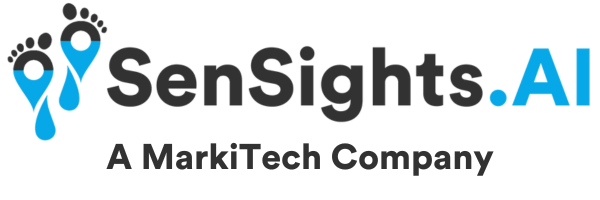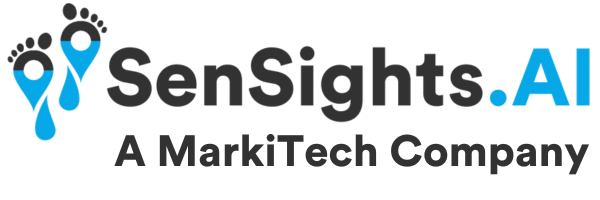As the pandemic persists, healthcare heroes are facing extraordinary challenges in how they diagnose, monitor and treat patients. Now, more than ever, it is essential for physicians – who are treating patients remotely – to have access to remote patient monitoring solutions, so they can provide seamless medical assistance while ensuring the safety of patients and health care personnel alike.
Luckily, recent technological advancements are more than up for this challenge. From revolutionary wearable trackers to sensors and other contactless solutions, healthcare providers have more access than ever before to patient health data. Smart watches with constant heart rate monitoring, heart rate variability, O2 monitoring and personal monitoring devices that allow for glucose monitoring are just a few of the many metrics readily available to health care personnel to assist in determining and treating patient diagnoses.
This is a remarkable value proposition, especially for elderly and chronically ill patients who, unfortunately, are most at risk for injury or serious health issues. At SenSights.AI, for instance, we offer remote health solutions targeted at the above demographic, with special focus on those that are afflicted with such underlying conditions as diabetes, COPD/CHF, as well as those dealing with cognitive impairment and memory loss (e.g. Alzheimer’s, Dementia, etc.). See our consumer packages recently launched at sensights.ai;
Despite the value, health care providers continue to have concerns regarding smart health devices and healthcare wearables. Although adoption continues to grow, these concerns have yet to be properly addressed. Below, we highlight some of the major concerns physicians have about remote solutions and how our team at Sensights.AI aims to address these concerns.
Data Deluge and Accuracy
Firstly, doctors are rightfully concerned about information overload. As the world of medicine goes digital – with near constant flow of medical data from health tracking apps, wearables, smart watches etc. – the healthcare sector is faced with an unprecedented number of patients. Physicians are now facing the unique challenge of making sense of this deluge into understandable, measurable and actionable diagnosis.
From heart rate, to oximeter and glucose meter readings and beyond, how can physicians be certain how relevant this continuous loop of data is to patients’ concerns? How do they prioritise which parameters are relevant and which are not? How can they ensure valuable and potentially life-altering information is not missed? It is imperative, therefore, for these personal devices to have some form of filtering, prioritizing and sorting capabilities in order to assist physicians in their quest to provide accurate diagnoses and proper treatment.
Privacy and Security
Privacy and Security of patient information is another valid concern that physicians have vis-à-vis remote monitoring and smart health devices. In the healthcare sector, the security and privacy of patient data is of utmost importance – with laws such as HIPAA (USA) and PIPEDA (Canada) enacted to prioritize patient protection and confidentiality.
Unfortunately, digital technology has always had its pitfalls when it comes to privacy of information. Digital devices are prone to security and privacy breaches and, unfortunately, this includes the health and wellness data being collected by health apps and devices – e.g. GPS tracking, facial recognition and biometrics apps.
It is concerning then that such immensely private information – often used to track patients who suffer from cognitive impairment or other memory loss – can potentially be exposed, raising health and safety concerns for the most vulnerable among us. It is, therefore, crucial for monitoring platforms to have proper privacy and security protocols in place to ensure that patient medical data remains confidential and protected.
Integration
Another major concern for physicians is the technical challenge of integrating new remote patient monitoring technologies into existing Electronic Health Record (EHR) systems. The traditional healthcare system was initially defined with periodic wellness visits in mind – and the existing EHR system reflects this. It was built for sporadic updates.
However, emerging patient monitoring technologies are inherently built for a continuous 24/7 flow of data between patient and physician. It is therefore a time consuming, and technically daunting tasks to restructure existing systems for compatibility with revolutionary patient care technologies.
It is vital for physicians to have access to resources, support and a dedicated process that seamlessly integrates smart devices with the existing health system, so they can focus on treating patients.
For more information on how SenSight.AI can support healthcare providers in providing remote patient care, visit us at SenSights.AI.
You can also call or email us at 1(844) 462-7548 and support@locatemotion.com, respectively, for more information.


